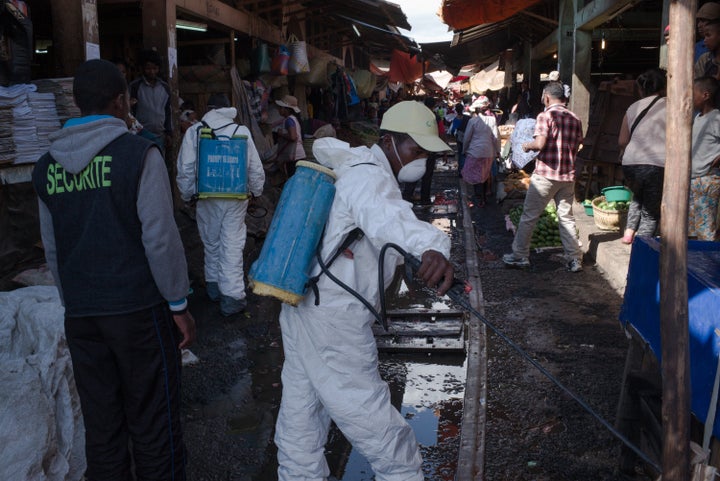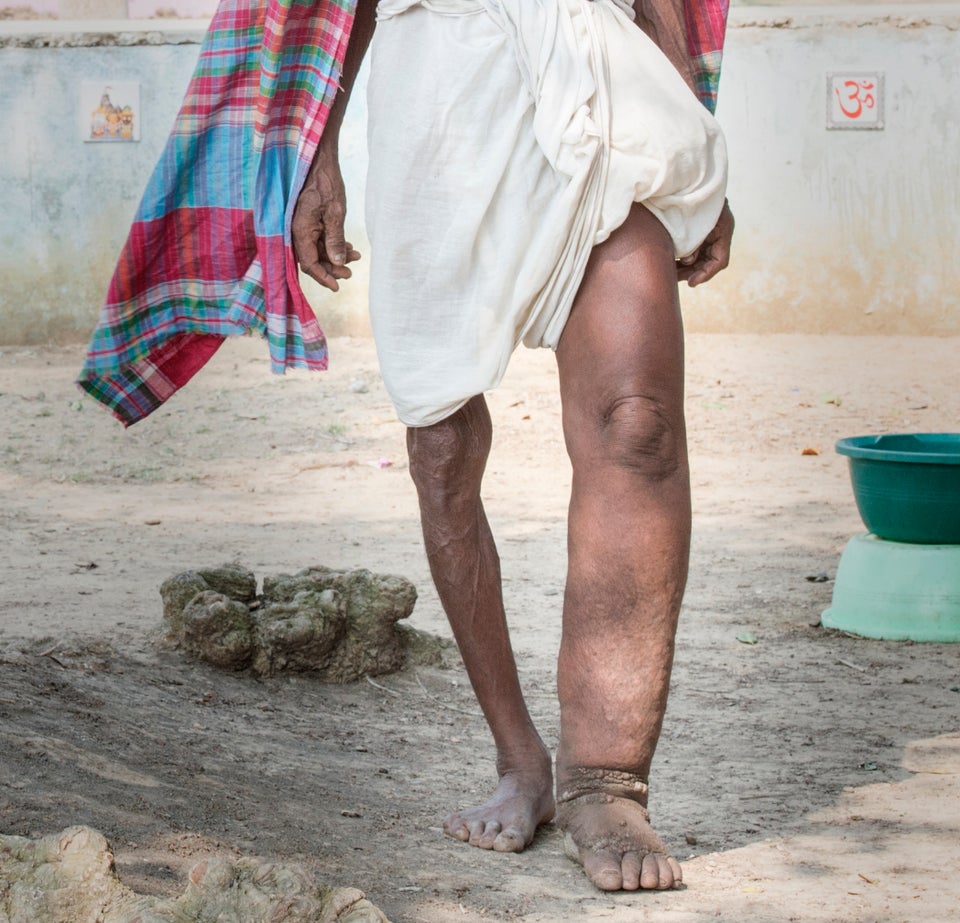The number of plague cases has more than doubled to a total of 805 in Madagascar in the past week, according to Madagascar’s Office of National Risk and Emergency Management.
At least 74 people have died of the curable disease so far this year. There were 320 suspected and confirmed cases as of last Tuesday.
While plague is endemic in the island country of Madagascar, which typically sees 400 or so cases in the September-to-April outbreak season, this recent outbreak has several differences.
First, the infections began earlier in the season, with the first case in August. And, crucially, more than 70 percent of infections have been pneumonic, meaning they are airborne and spread person to person via saliva droplets when an infected person coughs, making them far more infectious and easily spread than the more typical bubonic cases, which are spread by fleas on rats.
This also means those who live in dense urban areas are at greater risk, according to Nyka Alexander, commications officer for the World Health Organization, who is based in the capital, Antananarivo, the hardest-hit city.
“More of the plague [is] in urban settings or in settings where people live closer together and in areas where they don’t normally have plague.”
If discovered early, plague is easily curable in a few days with a round of antibiotics. But if left untreated, it’s nearly always fatal, according to WHO press officer Christian Lindmeier.

Madagascar’s public health system is not currently equipped to handle this onslaught of cases or the airborne strain of the disease. The Antananarivo hospital that usually treats bubonic plague each year has a limited number of beds, so scaling up treatment facilities, antibiotics and contact tracers requires an international effort.
Lindmeier told HuffPost last week that cases will continue to go up as international organizations, including the Red Cross, UNICEF and WHO, assist the Madagascar government and its Ministry of Health in looking for them.
In Antananarivo, fear has been growing along with the rising death toll. While the WHO shipped over 1.2 million doses of antibiotics and $1.5 million in relief funds in early October, the capital has been shutdown. The international health community has called for an additional $5.5 million in funds. People have been banned from gathering in public spaces. Schools, public buildings and other gathering places have been closed. Local pharmacies saw a run on masks, which are not even effective unless they are changed often, according to UNICEF’s Madagascar deputy representative, Jean Benoit Manhes.
“It’s too early to tell when this will get better,” Lindmeier said.
While the outbreak had previously been contained to Antananarivo, which is known as Tana, and the coastal city of Toamasina, the WHO announced Sunday a probable case in a 34-year-old man who had visited Madagascar and returned to Seychelles on Oct. 6. WHO said Wednesday that the probable case and other potential cases in Seychelles had tested negative for the plague.
A foreign national and 11 of the 34-year-old man’s close contacts remain hospitalized as a precaution, and hundreds more who were on his flight have been monitored.
Manhes, who is based in Tana, says the country has not seen massive exits at the airports or from the city yet, and overall there is less risk of international contamination since Madagascar is an island. However, this could affect the end of tourism season in the next month or so. Manhes also stressed that people who have the plague are not contagious until they start exhibiting its flu-like symptoms.
But the people in Tana are scared, according to Pedro Pablo Opeka. The Catholic priest, who goes by Father Pedro, was awarded the Legion of Honor for his work creating a 60,000-plus community for the poor called Akamasoa on the outskirts of Tana.
“The current mood in Antananarivo is worrying, people are fearful of catching this deadly disease,” Father Pedro told HuffPost in an email.
So far, the priest has only seen one fatality, a mother of seven.
“We had to bury her at 2 a.m. and convince her family of the urgency so that others wouldn’t be contaminated. We succeeded in convincing them, and they didn’t resist, they accepted.”
Much like in the Ebola epidemic before this, epidemiologists are concerned about the proper burial of infected bodies. In Madagascar, the custom is to “turn the bones” a year and a half after death, which Lindmeier said is not recommended for someone who has died of plague.
“Everyone is pretty sensitive that you need to deal with the communities in the right way in order to make it possible for them to deal with their loved, deceased one in the best possible way,” Lindmeier said. “In Ebola, they originally took dead bodies away and didn’t let them be seen. That will be avoided this time.”
This article has been updated to include WHO’s statement Wednesday with new test results.
